Author: David Luchs
-
Incumbent Gabriel Vasquez (D) and Yvette Herrell (R) are running in the general election in New Mexico’s 2nd Congressional District
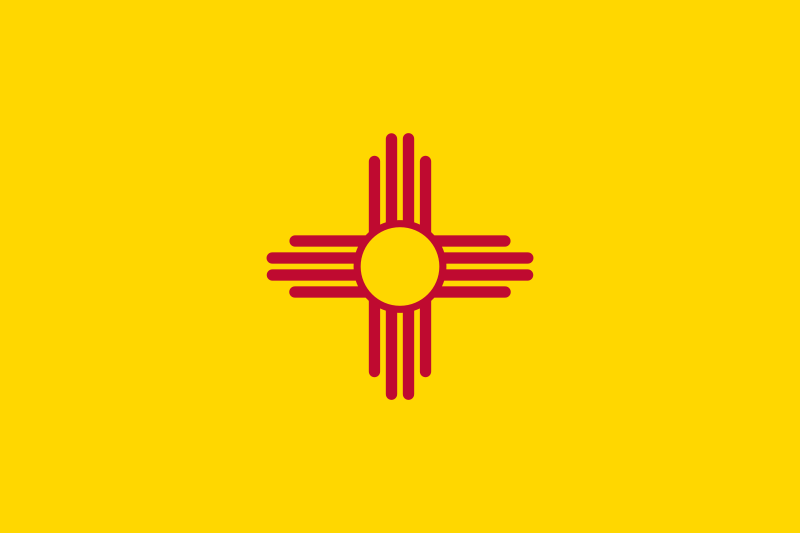
Incumbent Gabriel Vasquez (D) and Yvette Herrell (R) are running in the general election in New Mexico’s 2nd Congressional District on Nov. 5, 2024. This election is a rematch of the 2022 election, which Vasquez won by a 1,350-vote margin out of more than 192,000 votes cast. As of Aug. 27, 2024, The Cook Political…
-
All incumbents re-elected in Wyoming State Senate Republican primaries
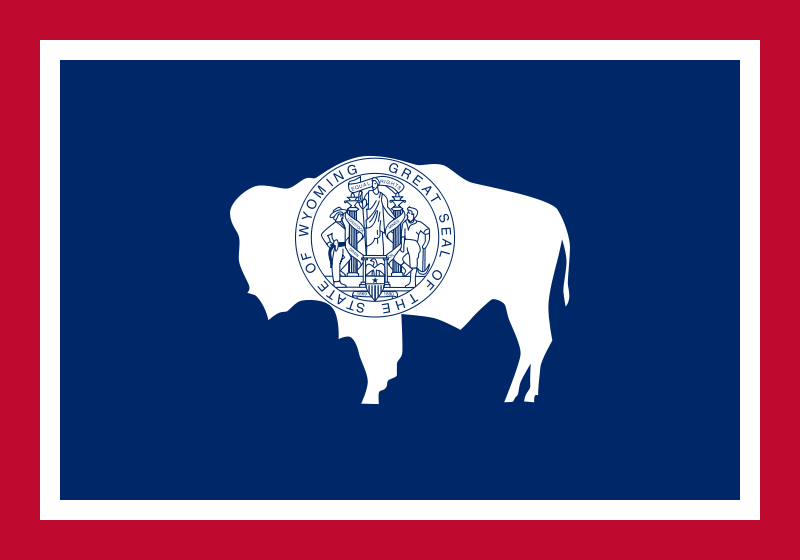
Elections for the Wyoming State Senate will take place in 2024. The general election is on November 5, 2024. The primary was Aug. 20, 2024. The filing deadline was May 31, 2024. There were 11 contested Republican primaries for the Wyoming State Senate that took place on Aug. 20, 2024. Ballotpedia identified eight of those…
-
Two incumbents defeated in Republican primaries for Tennessee State Senate

There were eight Republican primaries for the Tennessee State Senate on Aug. 1, 2024. An incumbent ran in seven of those primaries. Two incumbents—Jon Lundberg (R) and Frank Niceley (R)—lost their primaries. The 2024 elections took place in the context of a conflict among House Republicans over a proposal to expand Tennessee’s school voucher program.…
-
Two incumbents defeated in Republican primaries for Tennessee House of Representatives

There were 19 Republican primaries for the Tennessee House of Representatives on Aug. 1, 2024. An incumbent ran in 13 of those primaries. Two incumbents—Patsy Hazlewood (R) and John Ragan (R)—lost their primaries. The 2024 elections took place in the context of a conflict among House Republicans over a proposal to expand Tennessee’s school voucher…
-
Andrew Warren (D) defeated Elizabeth Martinez Strauss (D) in the Democratic primary for Hillsborough County, Florida, State Attorney on August 20, 2024
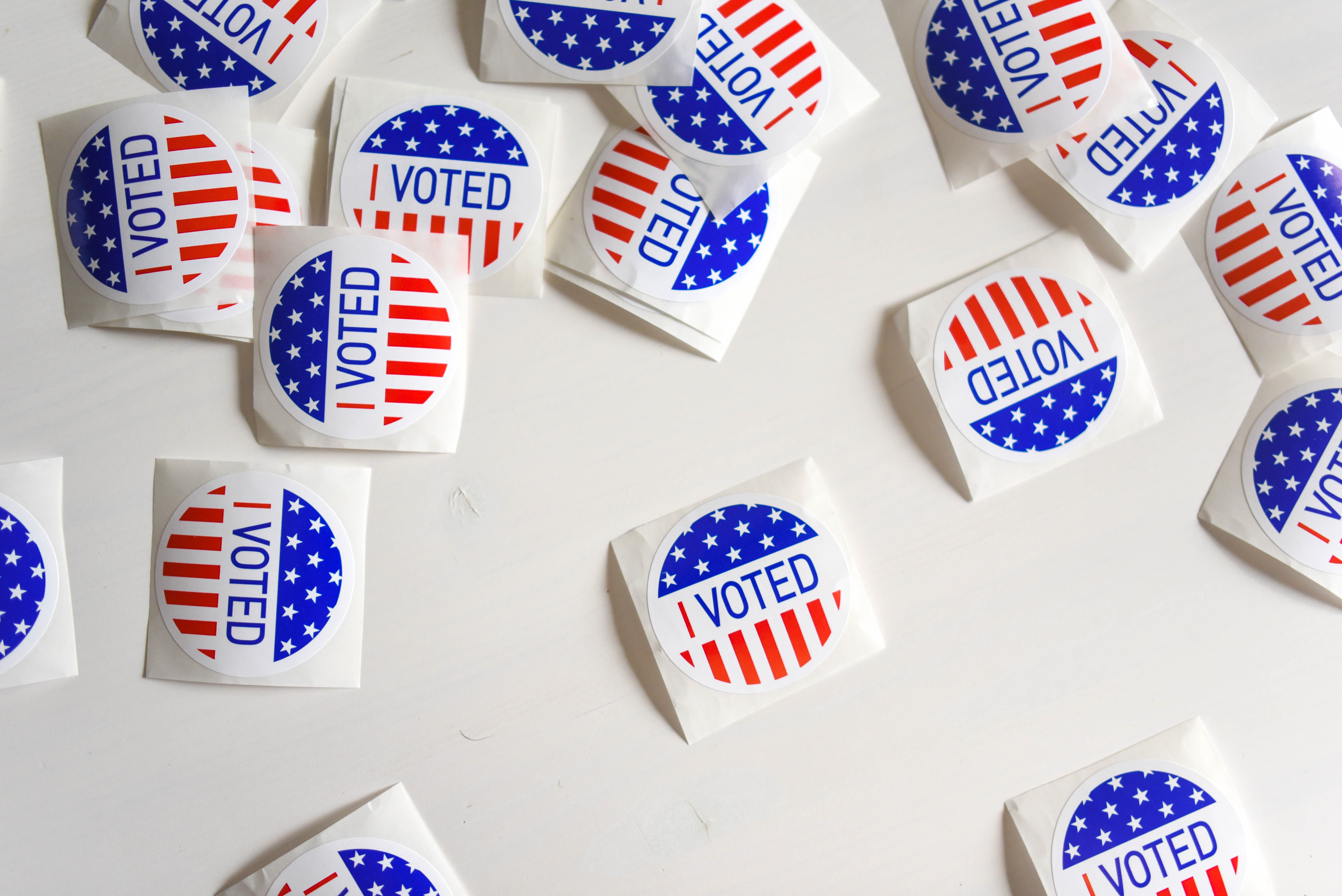
Andrew Warren (D) defeated Elizabeth Martinez Strauss (D) in the Democratic primary for Hillsborough County State Attorney in Florida on Aug. 20, 2024. The primary took place after Gov. Ron DeSantis (R) removed Warren from office in August 2022. The governor suspended Warren after Warren signed a pledge not to prosecute crimes related to abortion…
-
Incumbent Jacqueline Porter wins re-election to Tallahassee City Commission; incumbent Curtis Richardson and Dorothy Inman-Johnson advance to general election
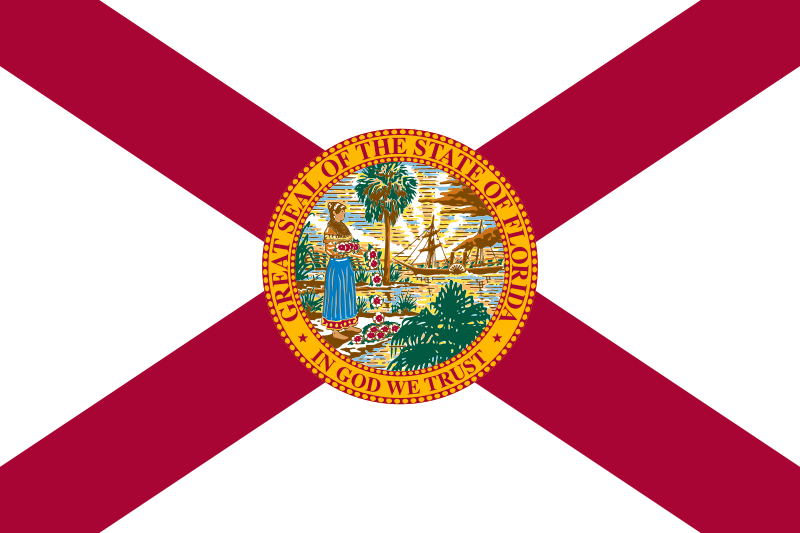
Incumbent Jacqueline Porter won the nonpartisan primary for Tallahassee City Commission Seat 1 outright on Aug. 20, 2024. Incumbent Curtis Richardson and Dorothy Inman-Johnson advanced to the general election on Nov. 5, 2024, for Seat 2. Seven candidates ran for two seats on the Tallahassee City Commission in nonpartisan primaries on Aug. 20, 2024. Four…
-
Seven candidates are running for two seats on the Tallahassee City Commission
Seven candidates are running for two seats on the Tallahassee City Commission in nonpartisan primaries on Aug. 20, 2024. Four lead in endorsements, fundraising, and local media attention: incumbent Jacqueline Porter and Rudolph Ferguson in the election for Seat 1, and incumbent Curtis Richardson and Dorothy Inman-Johnson in the election for Seat 2. According to…
-
Incumbent Michelle Fischbach (R) defeated Steve Boyd (R) in the Republican primary in Minnesota’s 7th Congressional District
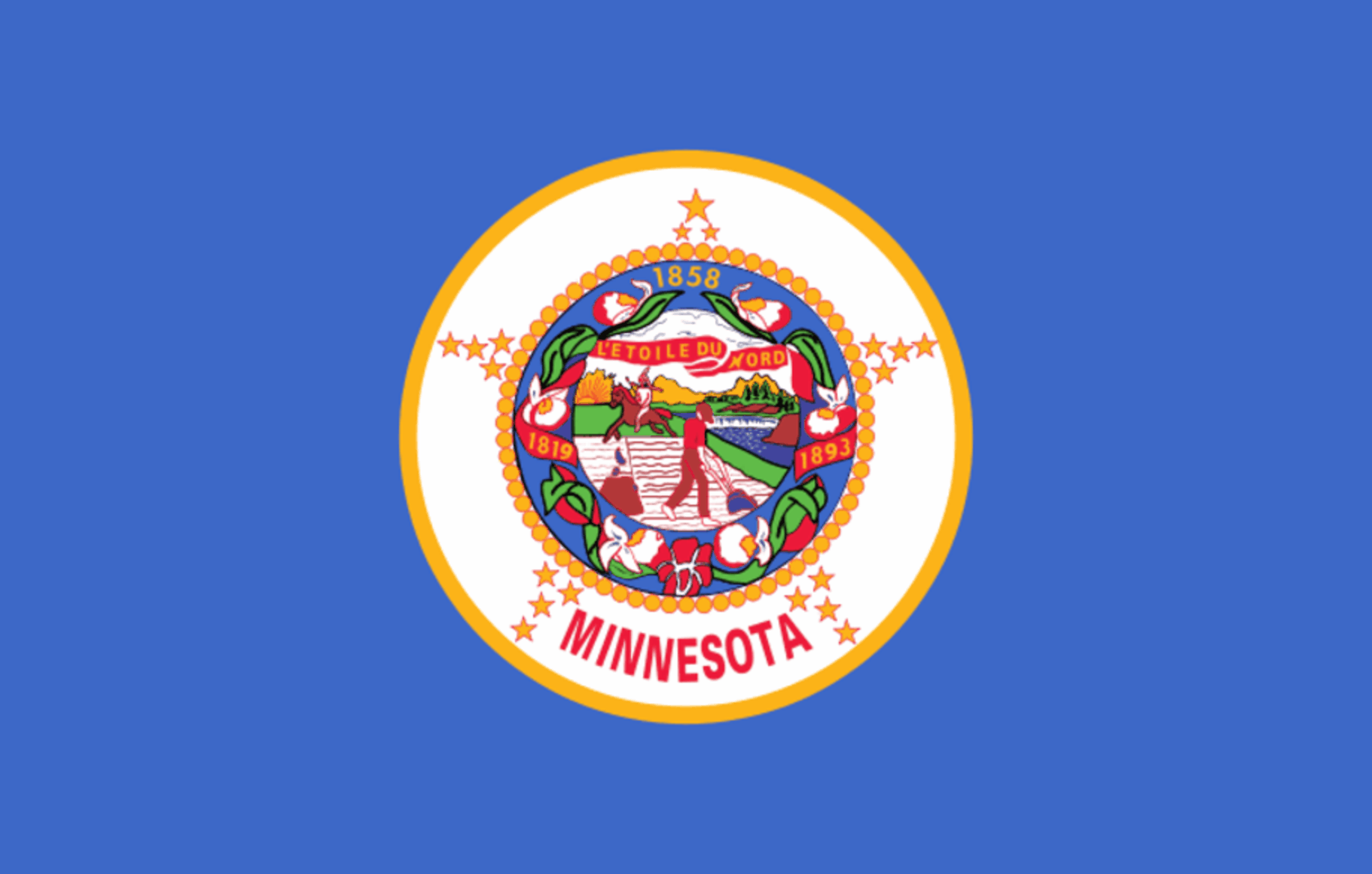
Incumbent Rep. Michelle Fischbach (R) defeated Steve Boyd (R) in the Republican primary for Minnesota’s 7th Congressional District on Aug. 13, 2024. The primary took place after the state Republican Party declined to endorse either Fischbach or Boyd at its nominating convention. According to MinnPost, Boyd’s status as “an outsider who promises to shake up…
-
Incumbent Michelle Fischbach (R) and Steve Boyd (R) are running in the Republican primary in Minnesota’s 7th Congressional District

Incumbent Michelle Fischbach (R) and Steve Boyd (R) are running in the Republican primary in Minnesota’s 7th Congressional District on Aug. 13, 2024. The primary is taking place after the state Republican Party declined to endorse either Fischbach or Boyd at its nominating convention. According to MinnPost, Boyd’s status as “an outsider who promises to…
-
Incumbent Andy Ogles (R) defeated Courtney Johnston (R) in the Republican primary in Tennessee’s 5th Congressional District
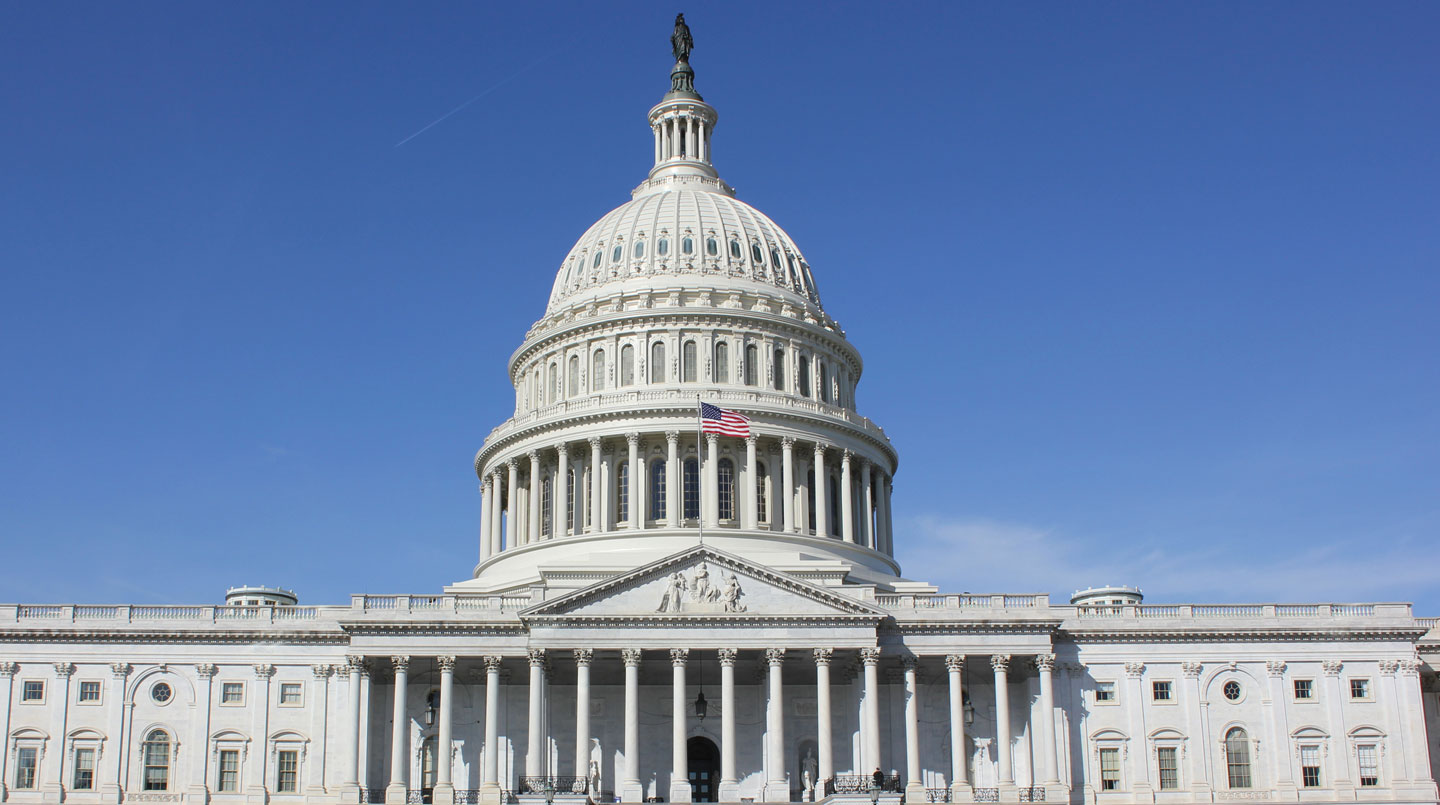
Incumbent Andy Ogles (R) defeated Courtney Johnston (R) in the Republican primary in Tennessee’s 5th Congressional District on Aug. 1, 2024. As of Aug. 2, 2024, Ogles had 56.5% of the vote and Johnston had 43.5%. Ogles was first elected in 2022 after winning the Republican nomination with 35.4% of the vote in a ten-candidate…

